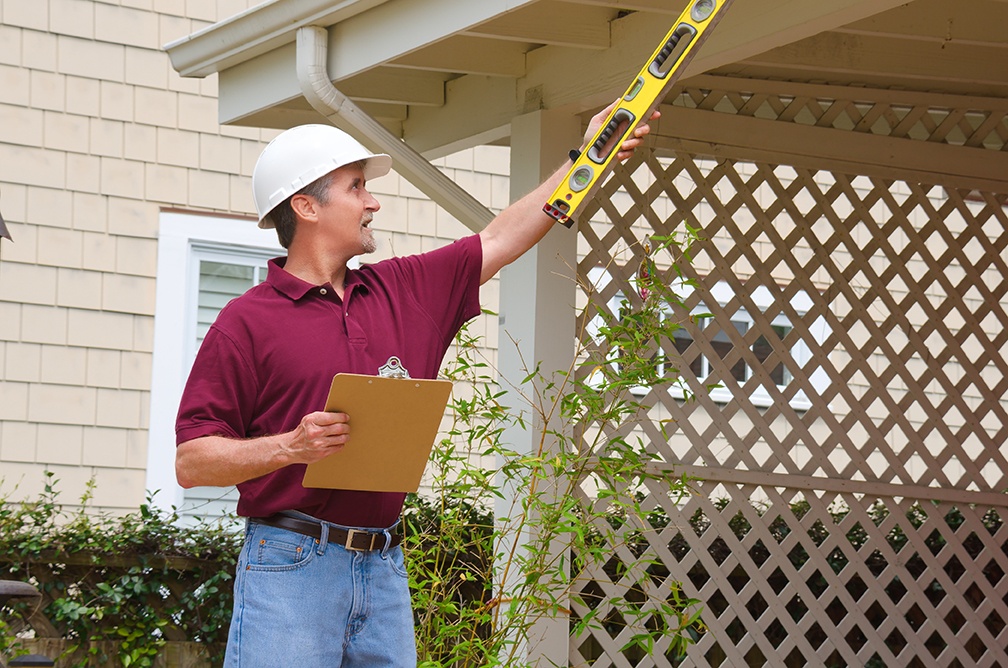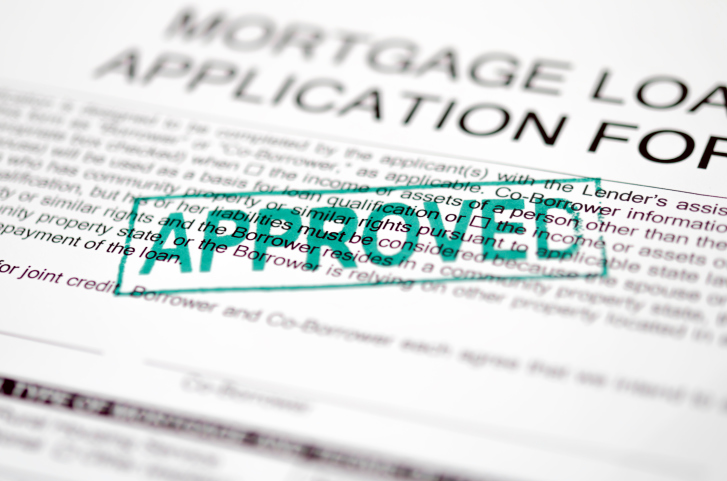 The law of supply and demand governs every area of the economy. The law is relatively straightforward. If there is more demand than there is supply, prices should be expected to rise. If there is more supply than there is demand, prices should be expected to fall. The same is true with houses, which have been rising quickly in price during the past year. Why is this the case, and what does this mean for the future?
The law of supply and demand governs every area of the economy. The law is relatively straightforward. If there is more demand than there is supply, prices should be expected to rise. If there is more supply than there is demand, prices should be expected to fall. The same is true with houses, which have been rising quickly in price during the past year. Why is this the case, and what does this mean for the future?
Housing Prices Are Going Up
It should come as no surprise that houses are going up quickly. The biggest reason why the prices of homes are going up across the country is that there is more demand than there is supply. Not as many new homes are being built, more people are trying to take advantage of favorable home loans, and some homeowners are hesitant to sell their houses because they are worried they will not be able to find a new one. All of this is contributing to a low home supply, driving up prices.
Will Prices Stop Going Up Soon?
Nobody has a crystal ball, and it is difficult to predict the future. During the winter, many people are hesitant to move because they do not want to be stuck dealing with a major life change during the holidays. Furthermore, unless there are changes in the supply chain, it will probably be difficult for construction companies to build more houses. Even though housing prices may continue to go up, they will probably not go up as quickly.
What Should Homeowners Do?
There are some people who are hesitant to enter the buying market because they are waiting for prices to come down. Unfortunately, it will probably take a long time for housing prices to drop. Until the market normalizes, housing prices are probably not going to fall. Even when they fall, they probably will not drop by much. Therefore, it is more important for homeowners to work with a real estate agent who can help them find the right house without overpaying. Even though this can be a difficult market to navigate, there are opportunities for potential homeowners to find the right house at the right price. It simply takes a bit of persistence.
 It is exciting to purchase a house for the first time, but this is also a major financial decision. Therefore, potential homebuyers need to make sure they are prepared. What do potential homeowners need to know about purchasing a home for the first time? Learn more about this process below.
It is exciting to purchase a house for the first time, but this is also a major financial decision. Therefore, potential homebuyers need to make sure they are prepared. What do potential homeowners need to know about purchasing a home for the first time? Learn more about this process below.  If you are looking for a home, your agent may tell you that a home is being sold as-is. This means that there may be major defects with the home that the seller is not willing to repair before offloading the property. As a result, their problems may become your problems if you purchase that property. How can you protect yourself during the sale?
If you are looking for a home, your agent may tell you that a home is being sold as-is. This means that there may be major defects with the home that the seller is not willing to repair before offloading the property. As a result, their problems may become your problems if you purchase that property. How can you protect yourself during the sale? Before an owner can market a property to buyers that want to use a FHA loan, he will want to familiarize himself with the FHA’s standards. FHA won’t insure loans on just any property.
Before an owner can market a property to buyers that want to use a FHA loan, he will want to familiarize himself with the FHA’s standards. FHA won’t insure loans on just any property. A significant number of people are self-employed, which means they might be relying on this income to apply for a mortgage. It is true that people who are self-employed may face additional challenges when trying to get approved for a home loan when compared to someone with traditional W2 income, these are obstacles that can be overcome. With the right qualifications and documentation, even first-time homebuyers who are self-employed should be able to qualify for the home loan they need.
A significant number of people are self-employed, which means they might be relying on this income to apply for a mortgage. It is true that people who are self-employed may face additional challenges when trying to get approved for a home loan when compared to someone with traditional W2 income, these are obstacles that can be overcome. With the right qualifications and documentation, even first-time homebuyers who are self-employed should be able to qualify for the home loan they need. The thrill of purchasing a new home is unparalleled; however, once you close on the sale, the dreaded unpacking process begins. You probably did not realize just how much stuff you had until you had to pack it all up. Worse yet, you need to unpack it when you get to your new home. If you don’t unpack intelligently, your new home could end up disorganized and full of clutter. With this in mind, how can you unpack without leading to a tremendous amount of clutter in your home?
The thrill of purchasing a new home is unparalleled; however, once you close on the sale, the dreaded unpacking process begins. You probably did not realize just how much stuff you had until you had to pack it all up. Worse yet, you need to unpack it when you get to your new home. If you don’t unpack intelligently, your new home could end up disorganized and full of clutter. With this in mind, how can you unpack without leading to a tremendous amount of clutter in your home?